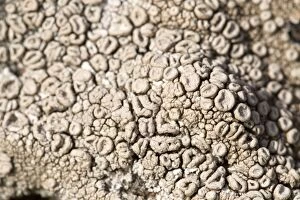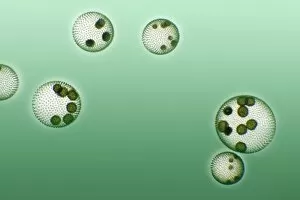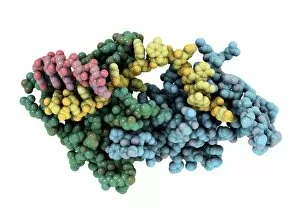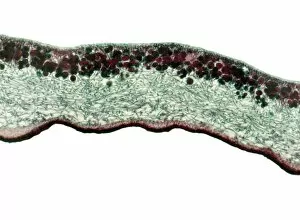Organisms Collection (page 4)
Organisms, the building blocks of life, have fascinated scientists and artists alike throughout history
All Professionally Made to Order for Quick Shipping
Organisms, the building blocks of life, have fascinated scientists and artists alike throughout history. From ancient times to modern discoveries, their intricate beauty and complexity continue to captivate our imagination. In 1899, Aspidonia's historical artwork showcased the diversity in stunning detail. This visual masterpiece allowed us a glimpse into the mesmerizing world of microscopic marine organisms. The lithographs from that era depicted an array of diatoms, revealing their delicate structures under a scanning electron microscope. One name synonymous with groundbreaking microbiology is Louis Pasteur, the French scientist who revolutionized our understanding of infectious diseases. His pioneering work in studying microorganisms paved the way for significant advancements in medicine and hygiene practices. Pasteur's dedication to unraveling nature's secrets led him on remarkable journeys. In 1922, he made history by successfully inoculating rabies virus for the first time in a little Alsatian dog named Grancher. This breakthrough not only saved countless lives but also opened doors to further research on viral diseases. Another milestone occurred when Pasteur tested his anthrax vaccine on herds of sheep, cows, and goats at Pouilly-le-Fort upon request from the Melun Agricultural Society. These experiments demonstrated his unwavering commitment to finding solutions that would protect both animals and humans from deadly pathogens. Beyond scientific achievements lies artistry inspired by organisms' wonders. A children's book featured Jack gazing up at a giant Welsh figure with two heads—an imaginative portrayal showcasing how these beings can capture our imagination even in fictional tales. Moreover, Kunstformen der Natur presented an example from the family Trochilidae—a colorful lithograph depicting hummingbirds' exquisite forms found within nature's vast tapestry. Whether through scientific exploration or artistic interpretation, organisms remain an endless source of fascination for humanity. They remind us that life exists in all shapes and sizes—each organism playing its unique role within Earth's intricate web of existence.


















